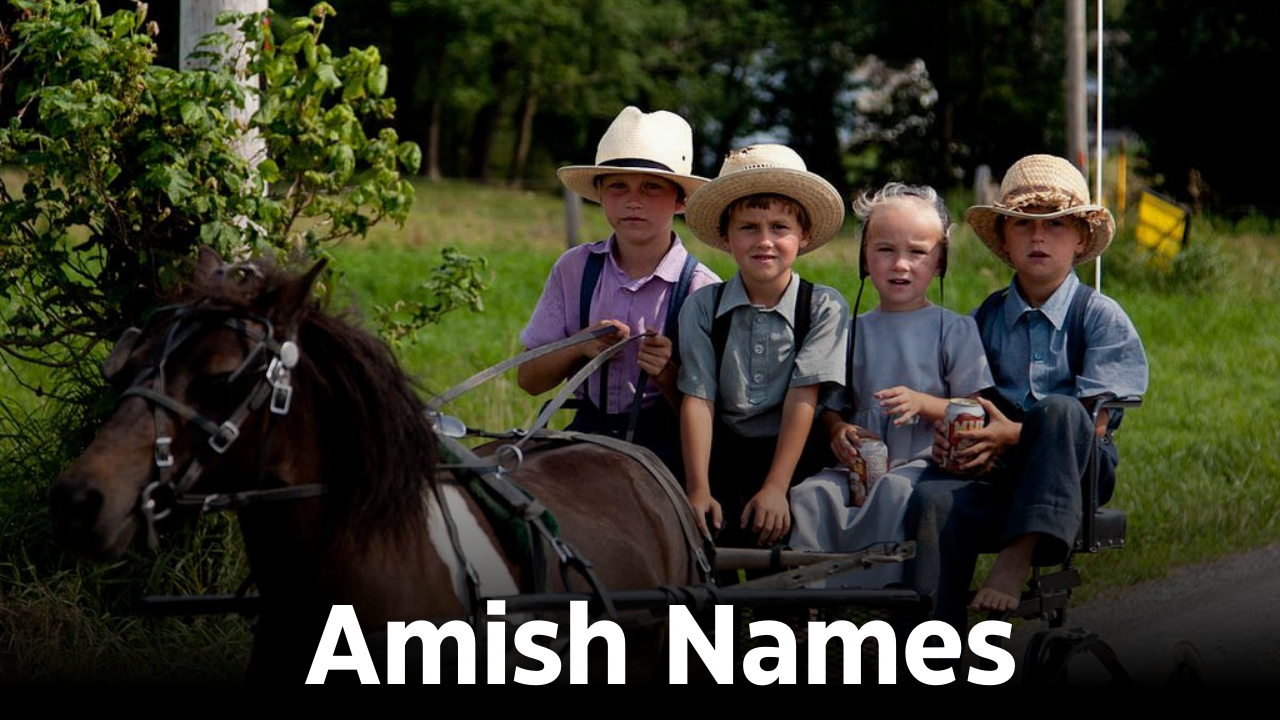Understanding the connection between weather and dove movement is crucial for hunters aiming to maximize success in the field. Doves, known for their erratic flight patterns and swift maneuvers, are significantly influenced by various atmospheric conditions that dictate their behavior. Factors such as wind, temperature, and precipitation play pivotal roles in determining their feeding, roosting, and migration patterns.
These weather elements interact in complex ways, creating conditions that either promote or hinder dove activity. Adapting to these ever-changing conditions requires hunters to keenly observe patterns, anticipate shifts, and make informed strategic decisions. Success in dove hunting often hinges on understanding these environmental factors and leveraging them to predict dove behavior accurately. This article delves into the intricate relationship between weather and dove movement, highlighting its impact and exploring effective ways for hunters to adapt and thrive in varying conditions.
Temperature’s Impact on Movement
Temperature directly impacts the energy requirements and activity levels of doves, especially during seasonal shifts, shaping their daily habits and movement patterns. Cooler temperatures often lead to heightened dove activity as they search for food to maintain their energy reserves and prepare for seasonal migrations. The need to replenish energy during cooler weather makes doves more predictable in their movements, particularly around feeding areas and open fields. In contrast, extreme heat can suppress movement, with doves opting to stay closer to water sources and shaded areas to conserve energy and avoid overheating.
During warmer months, hunters should prioritize mornings and evenings, as doves are more likely to be active when the air is cooler and more comfortable. Conversely, in colder weather, doves tend to be active throughout the day, offering broader hunting windows and opportunities to observe their consistent movement patterns. Carefully observing these trends and understanding their underlying causes allows hunters to align their strategies with the bird’s natural behavior, increasing the likelihood of success.
Wind’s Influence on Flight
Wind patterns significantly influence dove flight paths and feeding behavior, requiring hunters to adjust their tactics for better success. Moderate winds assist doves in covering long distances efficiently, often leading them to move toward open fields, food-rich areas, or water sources. This predictable movement under mild winds offers ideal opportunities for hunters to anticipate and intercept their flight paths. However, strong winds can disrupt a dove’s flight stability, forcing them to fly closer to the ground or seek shelter in protected areas.
In such conditions, doves often avoid exposed spaces, altering their usual routes and behavior to adapt to the challenging environment. During windy weather, hunters should position themselves near natural windbreaks like tree lines, brushy areas, or tall vegetation, as these locations often serve as refuge for doves. This strategic placement not only increases the visibility of the birds but also enhances shooting opportunities as doves navigate the altered wind dynamics. Adapting to these changes in flight patterns is key to capitalizing on dove movement during breezy conditions.
Precipitation’s Effect on Behavior
Rain and other forms of precipitation can profoundly affect dove movement and activity levels, influencing their behavior in various ways. Light rain typically does not deter doves from foraging, as they can tolerate mild precipitation while searching for food and water. However, heavy downpours can significantly restrict their movement, as doves prefer to seek shelter in dense vegetation or perched areas until the rain subsides. During intense rain, their energy conservation instincts take over, reducing their activity and making them less visible in open areas. Once the weather clears, doves often become highly active as they resume their search for essential resources, offering hunters a prime opportunity to observe and anticipate their movement patterns.
This post-rain period is particularly advantageous, as doves are more predictable and focused on replenishing their energy reserves. Hunters who monitor weather forecasts and strategically plan their outings to coincide with this recovery phase can significantly enhance their chances of success. Recognizing how precipitation influences dove behavior is essential for timing hunts effectively and maximizing opportunities in the field.
Seasonal Changes in Movement
Seasonal changes have a profound impact on dove movement, particularly during migration periods when their behavior becomes increasingly dynamic. During the early part of the dove hunting season, doves are highly mobile, transitioning between breeding areas and feeding grounds in response to environmental cues. Factors such as temperature fluctuations, the availability of food, and the changing length of daylight hours heavily influence their flight paths and activity patterns. Early-season doves often exhibit erratic movement as they navigate these shifts, providing hunters with opportunities to target birds during their transitional phase.
In the late season, however, dove activity tends to become more localized. As the migration settles, doves establish themselves in areas with abundant and stable food and water sources, reducing their need for long-range travel. Hunters must adapt to these changes by focusing on scouting, identifying consistent feeding grounds, and locating reliable water sources. These areas become prime hunting spots as doves concentrate their activity around essential resources. By understanding and adapting to these seasonal variations, hunters can align their strategies with the predictable movement patterns of doves, ensuring more productive outings throughout the hunting season.
Strategies to Adapt to Changing Weather
Adapting to changing weather requires hunters to combine observation, preparation, and flexibility to maintain effectiveness. Utilizing tools such as weather apps or scouting cameras helps track changes in dove activity and provides insights into their preferred habitats. Additionally, hunters should dress appropriately for varying weather conditions, ensuring both comfort and camouflage to remain undetected. Choosing the right time to hunt is also essential, as weather conditions often dictate the optimal periods for activity. Adjusting tactics based on factors such as wind direction, temperature fluctuations, and precipitation enhances the chances of success while ensuring a more fulfilling hunting experience.
By understanding the intricate dynamics of weather and dove movement, hunters can fine-tune their approach to achieve better results. Every weather condition, from scorching heat to gusty winds or heavy rain, offers unique opportunities and challenges. With careful observation, strategic adjustments, and consistent practice, hunters can turn the unpredictability of weather into a valuable tool in their dove hunting endeavors.







